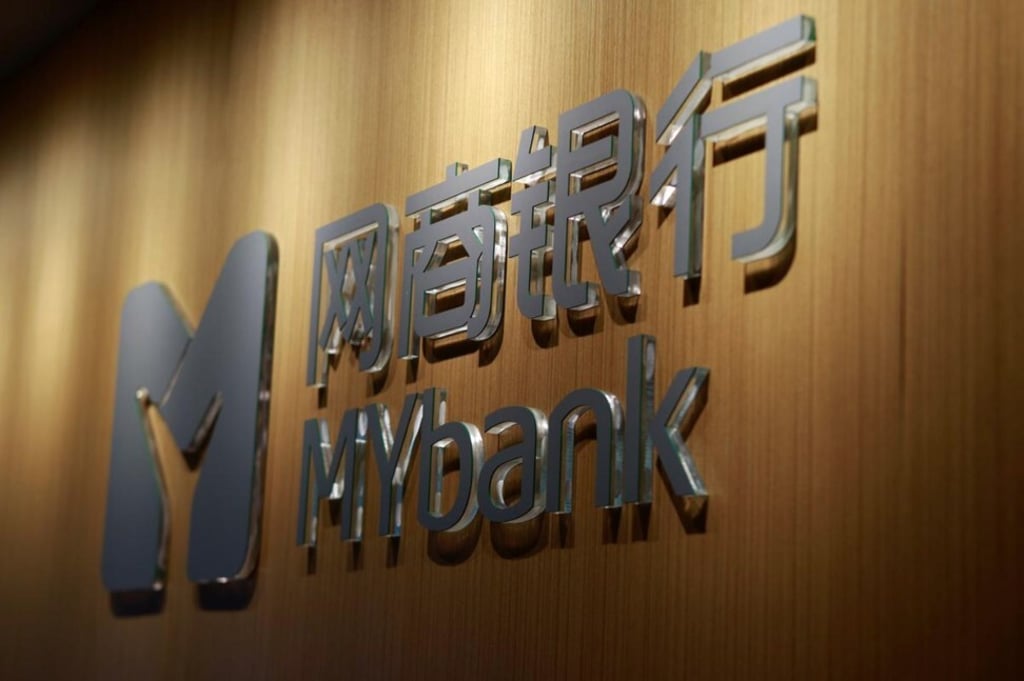Advertisement
Fintech giant Ant Group’s MYbank joins China’s digital yuan platform
- MYbank is the first online lender to join a group of major financial institutions that have set up e-wallets on China’s digital yuan app
- The participation of these banks shows how China is bolstering efforts to lead major economies in developing a central bank digital currency
Reading Time:2 minutes
Why you can trust SCMP
0

MYbank, an online lender affiliated with financial technology giant Ant Group, has become the first internet bank to join China’s digital currency platform, in a move that strengthens support for Beijing’s rapid development of a “sovereign digital yuan”.
The digital currency app developed by China’s central bank now has e-wallets – online services that let users make electronic transactions and store their payment data – set up by seven financial institutions, including the Industrial and Commercial Bank of China, Agricultural Bank of China, China Construction Bank, Bank of China, Bank of Communications, Postal Savings Bank of China and MYbank, according to the latest update of the platform seen by the South China Morning Post.
Users are now able to open an account associated with MYBank, but its top-up function has not yet been activated because it was “still being developed”, according to the app.
The update also showed that Tencent Holdings-backed WeBank will “soon be activated” as an option.

“Ant Group associate MYbank will steadily advance the [digital yuan] trial pursuant to the overall arrangement of the People’s Bank of China,” said an Ant representative in a statement. “Ant Group, together with MYbank, will also continue to support the research, development and trial of the PBOC’s e-CNY.”
Advertisement